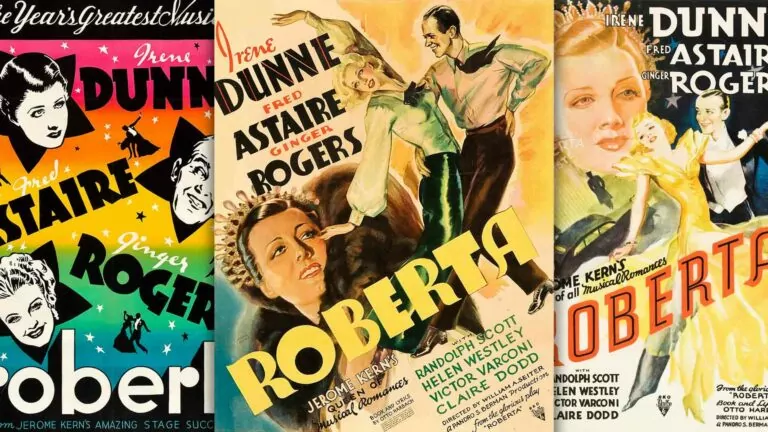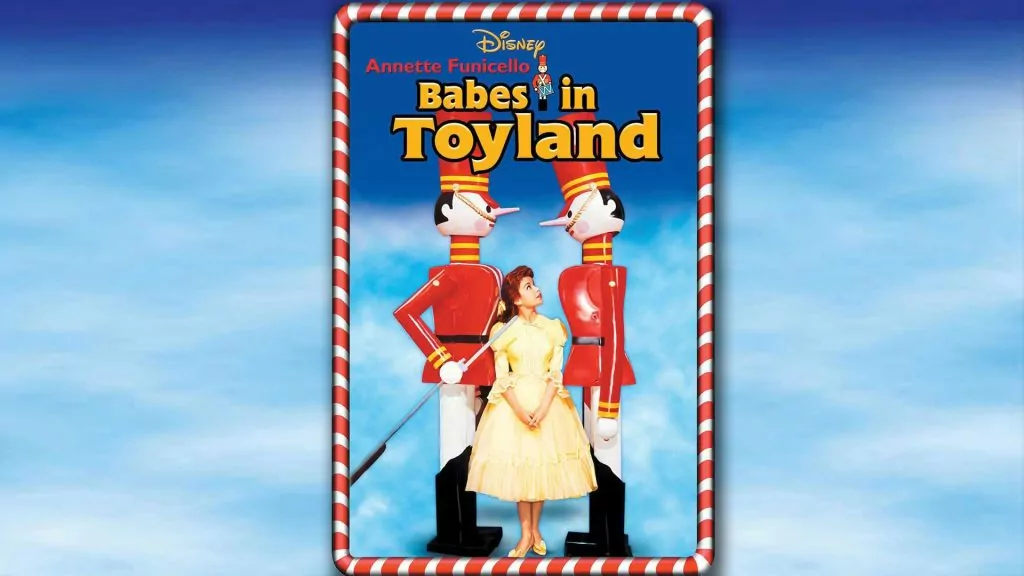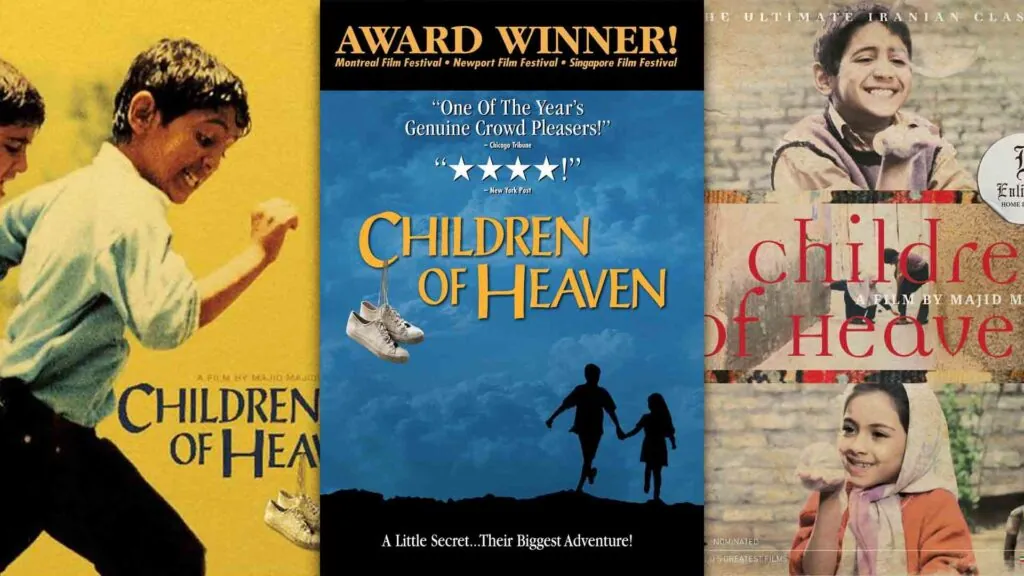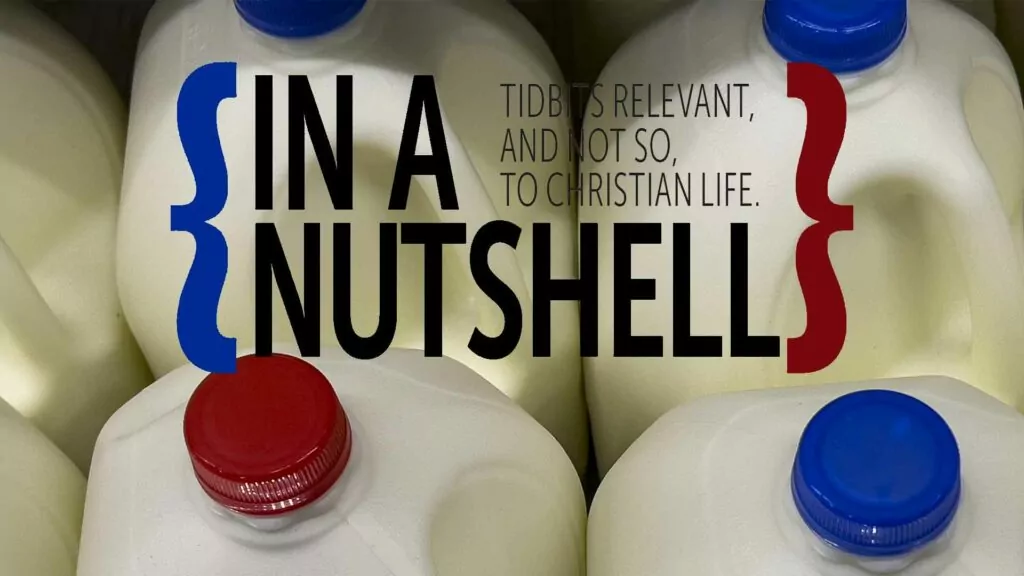Musical
1935 / 106 minutes
RATING: 8/10
It’s 1935, and Huck Haines (Fred Astaire) and his band, the Indianians of Wabash, Indiana have just gotten off the boat, landing in Paris after a long trip over from America. There’s just one problem: the Russian restauranteur who hired them to play at his place thought he was hiring Indians, the Native American sort, and not Indianians, the pale-faced sort. So Alexander Petrovich Moskowitz Voyda is not pleased, and he fires Haines. Or at least he tries to. Haines’ best and much larger buddy John Kent decides that Mr. Voyda just has to stay long enough for a listen. So the former football star holds Mr. Voyda steady as Haines and the rest of the boys – a dozen of them – do a comic musical act. Everything in this film is really just an excuse for another song or dance routine, and this time Haines has his fellows transform into a human organ – when he hits their hands, they hum a note. It’s weird and wacky and wonderful, but it still doesn’t win Mr. Voyda over.
So it’s on to Plan B. They’ll look up any friends they can think of that live in Paris. The pickings are slim – Kent has an aunt. But it turns out she is the world famous fashion designer Roberta. When they all show up on her salon’s front step, it’s time for some more music, with dancing quick to follow.
I could tell you more of the plot, but while it’s sweet – two romances for the price of one – the plot really isn’t the point: this is about finding opportunities for Fred Astaire to dance with Ginger Rogers, and do they have some great numbers.
I put this on when my kids were wandering around, not knowing whether it would grab them. It did. The tap dancing routines will get your own toes tapping – you won’t be able to help it.
There’s also an interesting historical background that explains the large Russian presence in the French capital. This is the Paris of the 1930s, which is where many of the exiled Russian aristocracy, academics, and politicians fled after the Russian Revolution of 1917. They were among the elite in their homeland, but here, as refugees, they’ve had to settle on mostly minor positions. So the doorman at Aunt Roberta’s salon is a Russian prince, and her righthand woman, Stephanie, is a Russian princess.
Cautions
There’s lots to love here, but some silliness too, with the song “I’ll be hard to handle” possibly being the silliest. However, it is so obviously dumb that it isn’t at all dangerous. The singer promises any potential suitor that she’ll be a handful, and urges him to just go away. Which is what any sensible fellow would do with an invitation like that.
This takes place in a fashion house, and at one point, one of the models comes out in a tight black dress that’s low cut in front and back. It isn’t all that immodest by today’s standards, but that said, Huck Haines’s description nails it: “like a peeled eel.” Kent is even more pointed: “It’s the worst-looking thing i ever saw.” So, minor immodesty, but to make a point in modesty’s favor (later on Huck tells a reporter that Roberta’s design house believes that “if clothes are to clothe, then they should clothe.” Or, as Kent says it more pointedly again, they should be, “not so naked.”
Language concerns would be limited to a bunch of “Gee, that would be swell”s. Kent does also get drunk in one scene, though his foolishness is made plain for all to see.
Conclusion
Watching Roberta is a delightful history lesson on France, Russia, the 1930s, black and white musicals, and more.
I’ll share that during a couple of lullaby numbers, where the lead sang in an old-fashioned warbling voice, I did use the fast-forward button to cut both 3-minute songs in half. I don’t empty the fast-forward button much (and nowhere else in this film) but that style of singing was so foreign it came off as off-putting, and I didn’t want to make it hard for my kids to enjoy. Turning a 106 minute film into a 103 minute film did the trick.
So two thumbs up – this is a great one for parents and older kids, so long as they have appreciated black and white films in the past.
And if you love Roberta, there are other Fred Astaire movies to enjoy, but a few that really let a messed-up plot get in the way of the dance numbers. Give a miss to The Gay Divorcee, and You’ll Never Get Rich, both of which which make light of affairs. Shall We Dance? runs too long to quite measure up to Roberta, but it does have Astaire and Rogers flying around the room once again. Easter Parade has Astaire paired with Judy Garland (of The Wizard of Oz fame), and the problematic part here is simply that they talk quite a bit about the Easter Parade and nothing at all about what Easter is about. The opening 8 minutes, with Astaire doing a solo dance routine in a children’s toy shop is astonishing!












